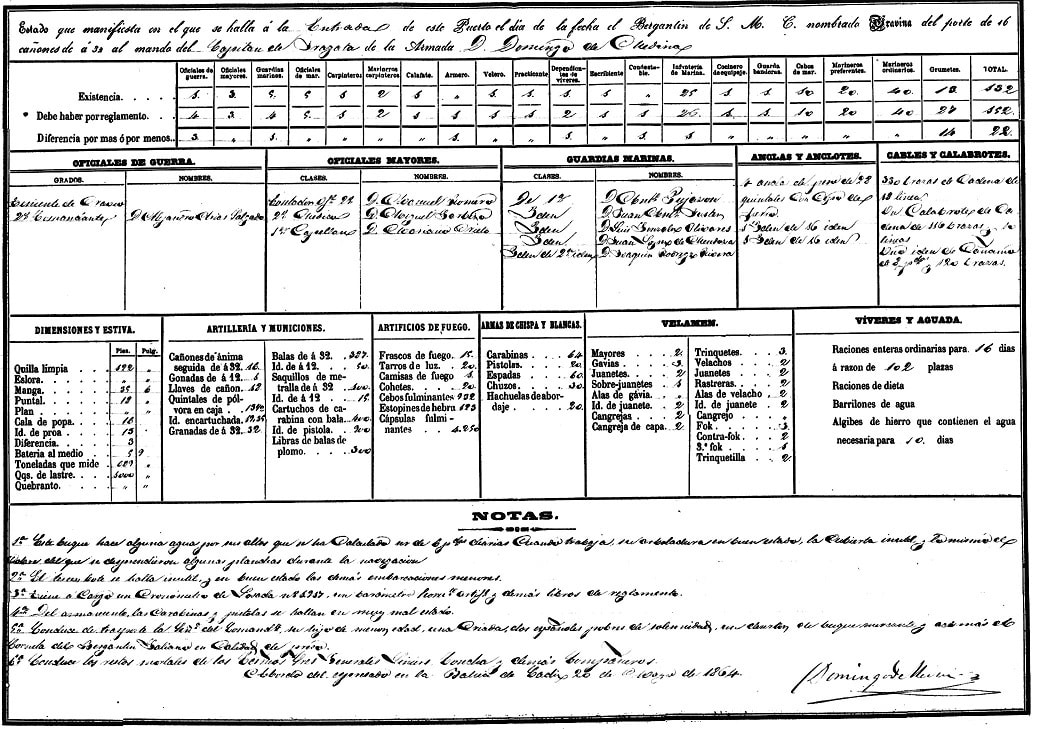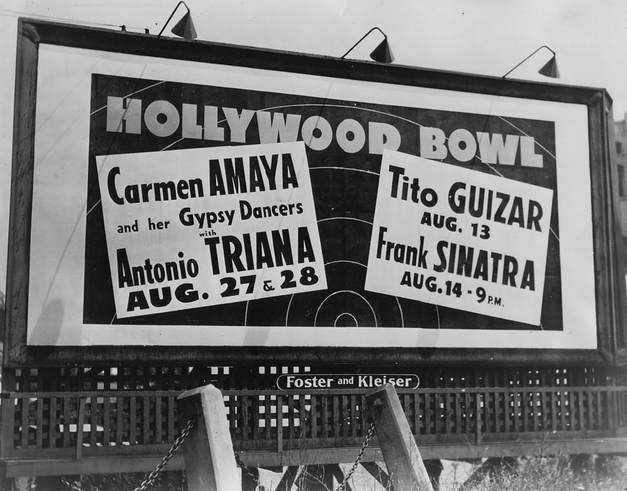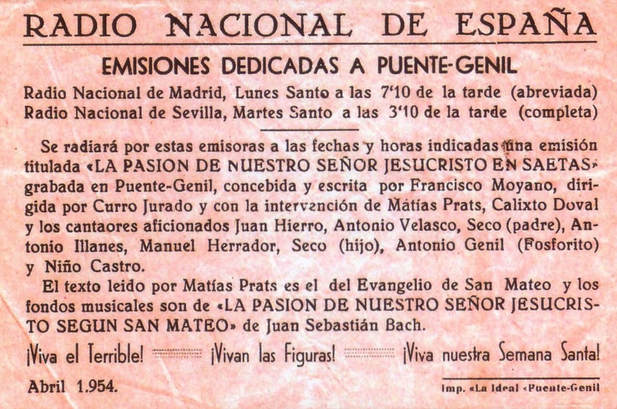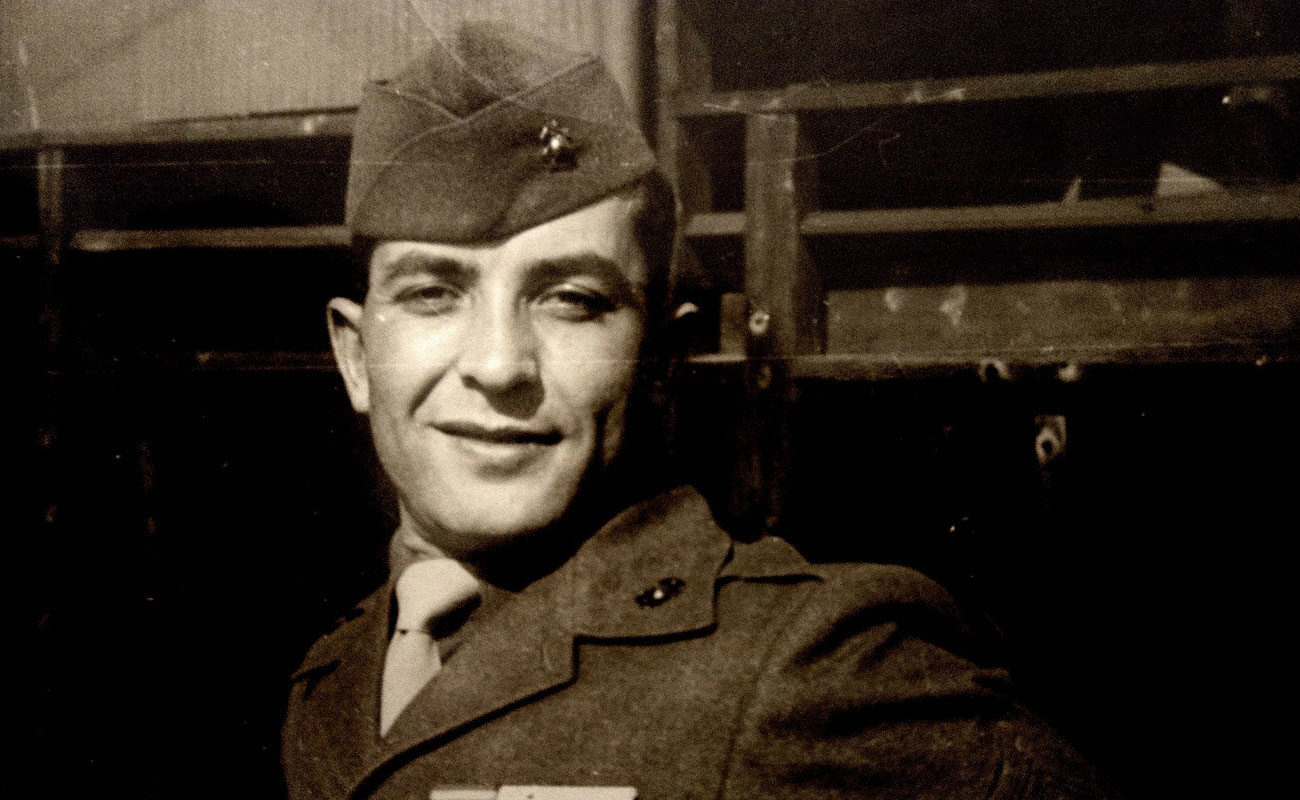The return of Silverio from Montevideo
Ten years ago, I published in my blog El Afinador de Noticias an article about the arrival of a ship in Cádiz

Ten years ago, I published in my blog El Afinador de Noticias an article about the arrival of a ship in Cádiz which is believed to be the one where Silverio Franconetti returned to Spain, after his travels in South America. I came across this information after I found an ad of the first concert by this cantaor from Seville on July 29, 1864, which appeared in Cádiz’s newspaper Diario El Comercio. In that concert he performed, from his “brillante repertorio oriental”, cañas, polos, the rondeña del Negro and the polo de Tobalo, joined by the guitar of José Patiño. Having that date as a reference, I started checking back in time the lists of ship arrivals in the newspapers of Cádiz, until I came across the Gravina. This ship arrived two months before the date of that recital at Teatro del Circo: “The brig Gravina arrived in Cádiz on May 20, 1864”. It was a two-masted, square-rigged ship of 400 feet in length, which was bringing to San Fernando the remains of Spanish soldiers who had died in Buenos Aires in 1810.
As the newspaper didn’t show the passenger’s list, I decided to check the data from the Álvaro de Bazán archives at Viso del Marqués (Ciudad Real). I asked them to provide me all information available about that trip of the Gravina and, a few months later, a couple of days ago, I received the information. I opened the documents with shaky hands, hoping to find the passenger’s list and Silverio’s name among them. Yet, I didn’t have much luck.
I did get information about the ship’s crew and information about that trip, which left Montevideo on March 5, arriving in Cádiz 72 days later. The navigation diary includes a detailed description of the journey, which was quite difficult as the ship’s hull was leaking water and the winds weren’t favourable, delaying the Atlantic voyage. I also received the manifest [of the ship] at the entrance of this harbor on this date, the S.M.C named Gravina, armed with sixteen 32-pound cannons, in command of the Navy’s frigate captain D. Domingo de Medina. This document shows the names of the wardroom officers, the principal officers and the midshipmen, but none of them is our cantaor.
However, among the notes we can read the following: [The ship] is transporting the wife of the captain, their underage son, a servant, two destitute Spanish men, a deserter of a merchant ship, and the bugler of the brig Galiano, as a convict. Demófilo stated that Silverio served in times of war the armies of the Republic of Uruguay, where he achieved the rank of officer. It has been said, without any proof, that because of this Silverio may have been repatriated as a convict. The question now is whether this brilliant artist was the convicted bugler of the Galiano, the deserter of the merchant ship or one of the destitute Spanish men. This latter possibility would flatly deny the theory that Silverio returned to Spain as a rich man to start his career as a professional cantaor. The truth of what really happened resists being unveiled, but time will tell. We’ll keep researching.

Faustino Núñez




